Andrew Budyk
Advisor: Neil Minuk
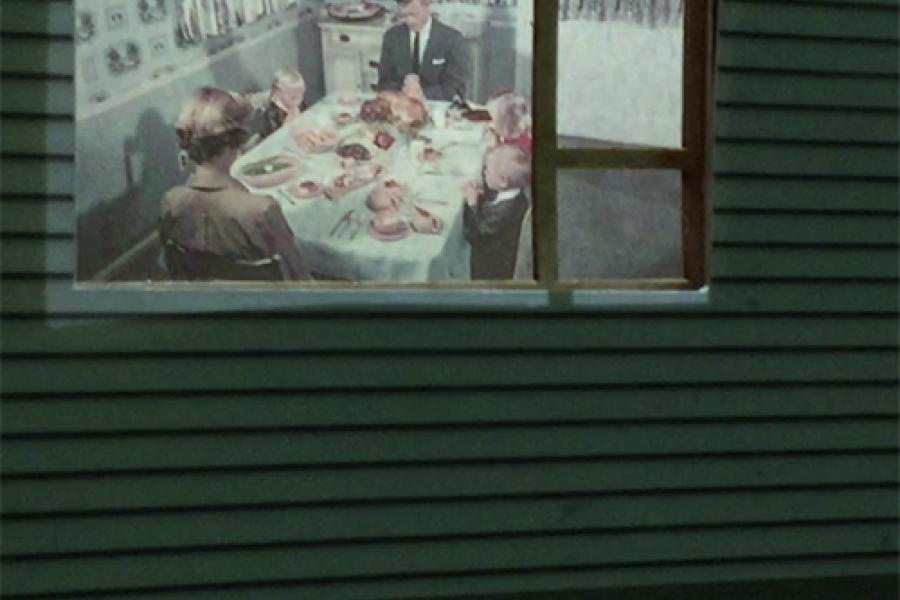
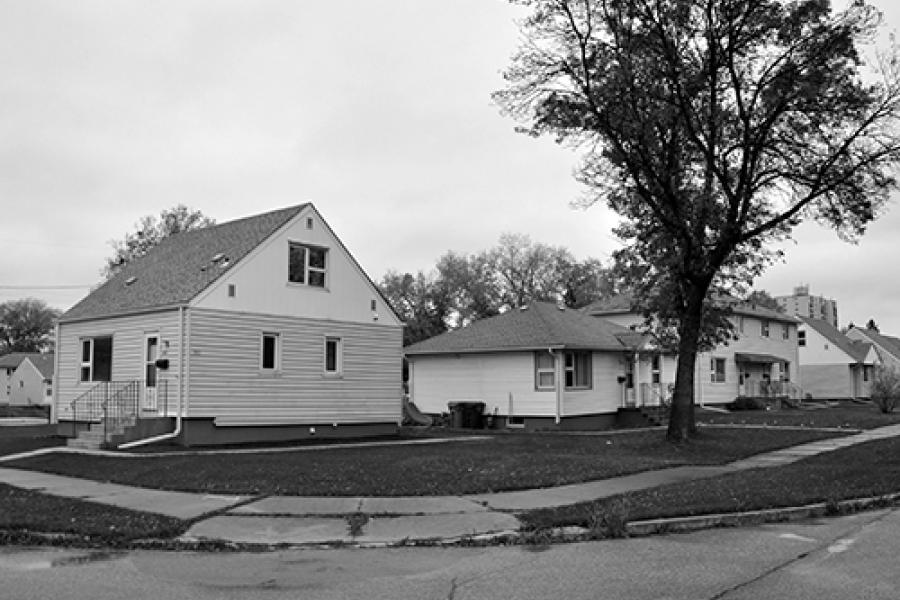
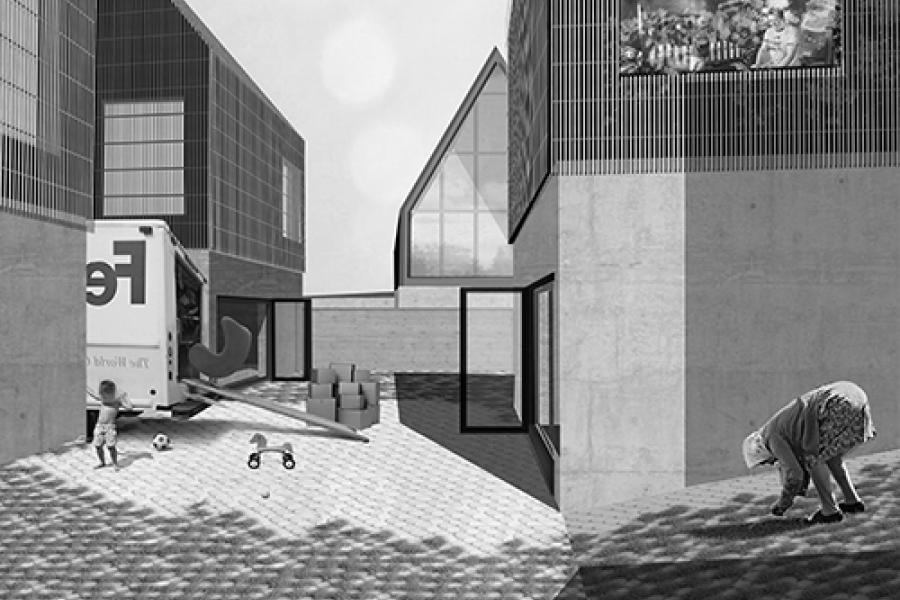
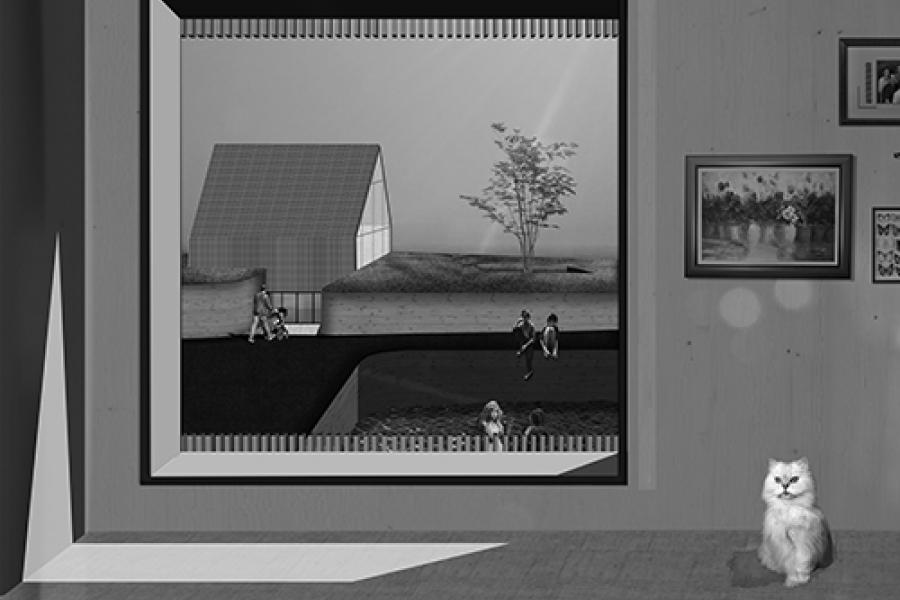

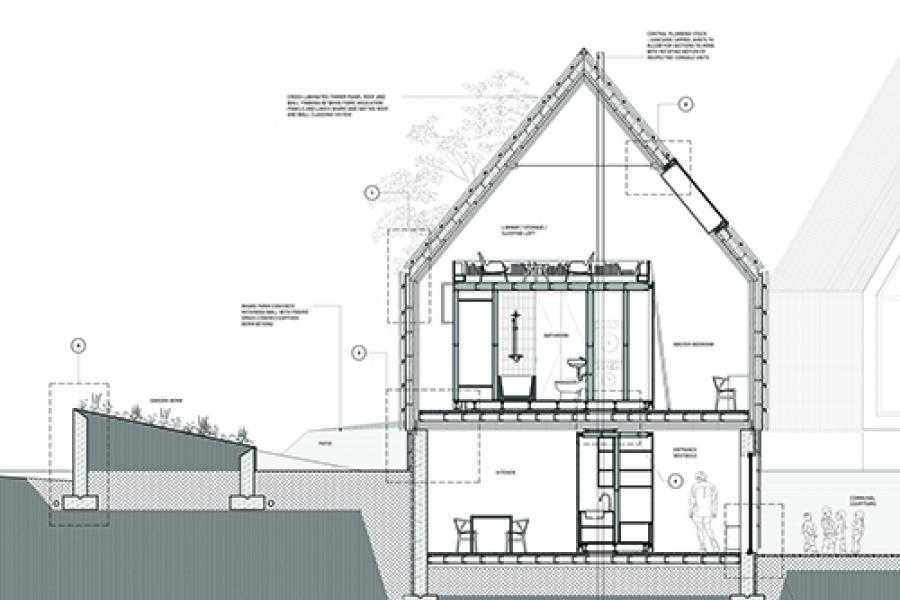
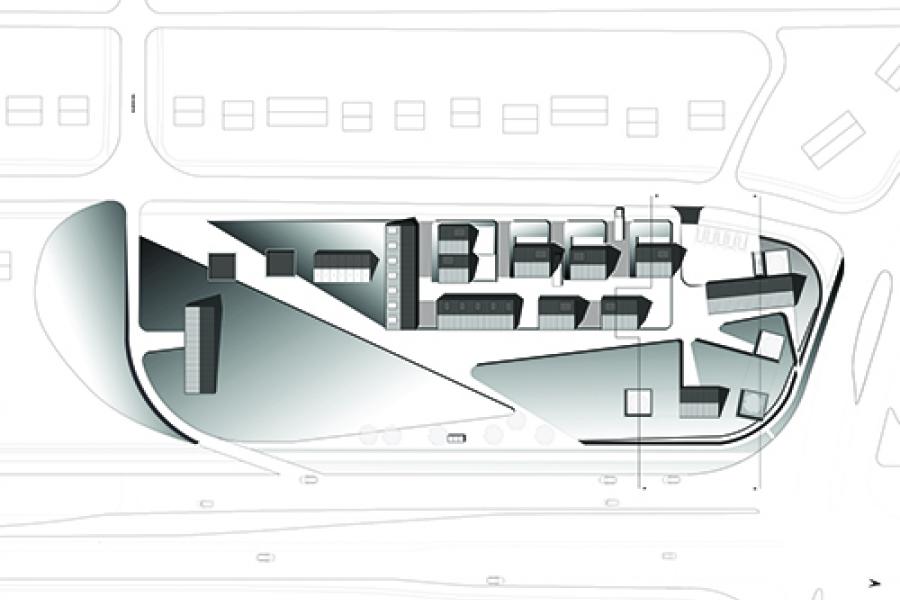
The Unhomely House: Advocating for an Uncanny Architecture
The architect’s long standing infatuation with the notion of utopia—the realm of idealized perfection, what ought to be—is in many ways paradoxical: utopias are placeless, while architecture is firmly fixed, and utopian philosophy is purely conceptual, while architecture requires tectonic precision.1 This disconnect has rendered efforts at realizing utopian aspirations in the built environment as strange; with typologies such as Soviet-era block housing and resort communities possessing an uncanny quality that reveals the fissure between utopian idealism and the reality of human life.
In his essay The Production of Space, Henri Lefebvre identifies such homogeneous spaces as products of capitalist interest; where differences are suppressed and standards imposed through behavioural restrictions. Lefebvre proposes, however, that the immediate contradictions that come to light when humans occupy these abstract spaces can, if encouraged, generate a politically, socially, and experientially rich condition, which he terms differential space. At its strongest, a differential space is inherently diverse, dynamic, adaptive, and evolving; a space that embraces the heterogeneous human condition and combats the suppressing sameness of a rigid framework.2 This thesis looks to examine the role of architecture in the attempted formation of differential space, and, reciprocally, how this friction between reality and idealization can form a differential architecture.
A community of 350 residences in central Winnipeg, occupied by Canadian Armed Forces personnel and their families, is the context in which this research will unfold. The community possesses a number of elements central to the formation of an uncanny territory: skewed archetypes (the house), a simulation of normative behaviour (the community), all set within an invisible boundary of privacy, secrecy and exclusivity. This thesis aims to create a new typology of living for the residents of this community, one that both improves their difficult lives and at the same time embraces the uncanny edges of their current condition.
1 Peggy Deamer, “Architecture and Utopia Seminar Description,” Yale School of Architecture, accessed September 21, 2017, https://architecture.yale.edu/courses/architecture-and-utopia
2 Richard Milgrom, “Realizing Differential Space? Design Processes and Everyday Life in the Architecture of Lucien Kroll,” Capitalism Nature Socialism 13, issue 2 (June, 2002): 75-95, https://doi.org/10.1080/10455750208565480
